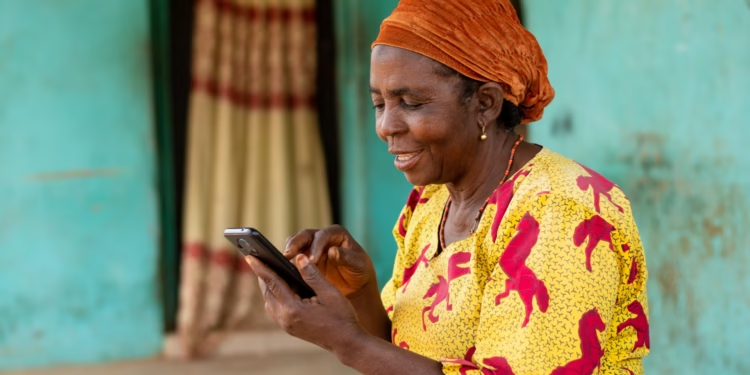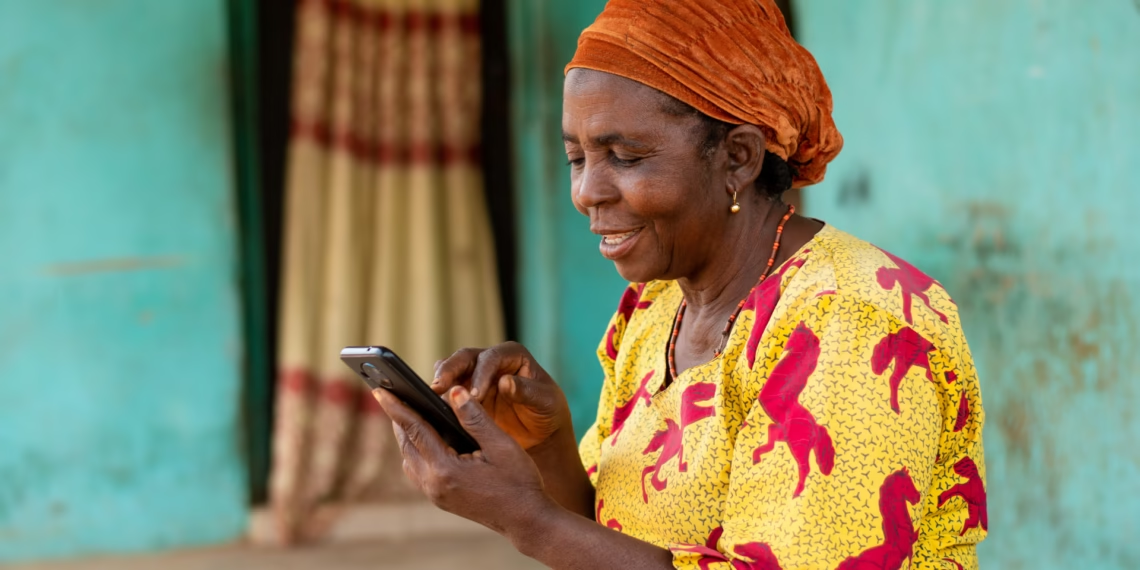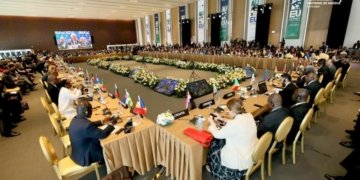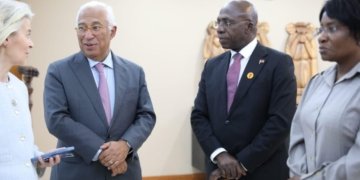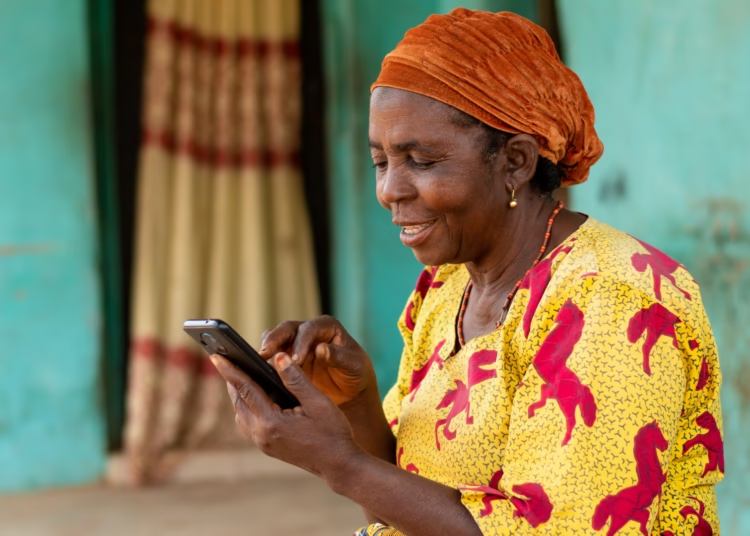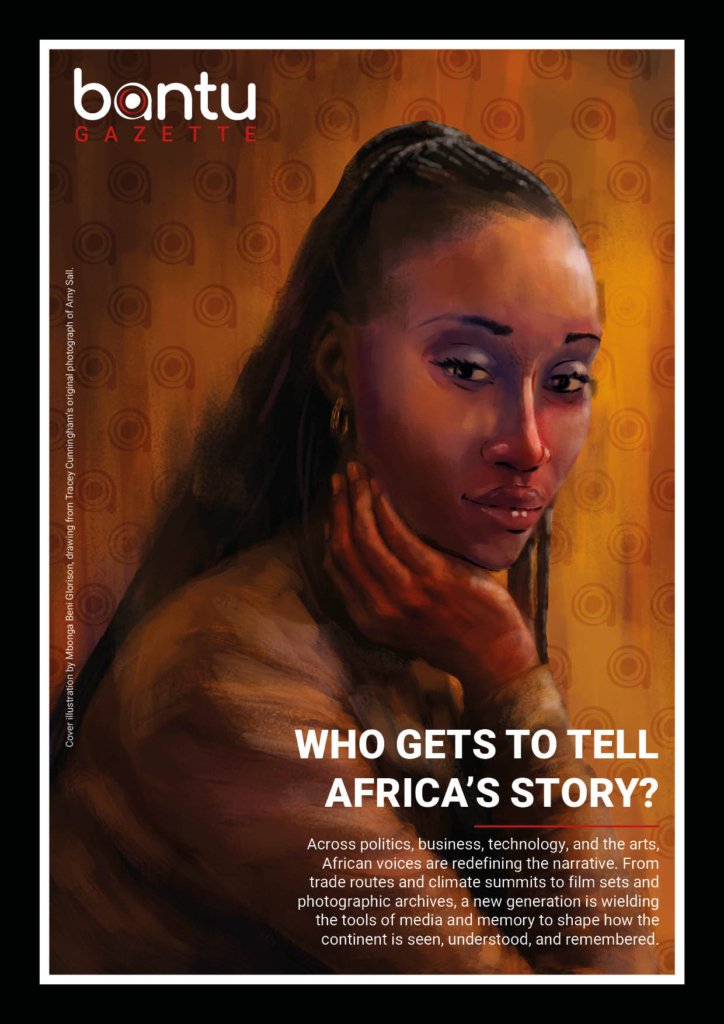Mobile money has transformed financial inclusion in Africa, processing over $1.1 trillion in transactions and connecting more than a billion registered accounts.
Cities are seamlessly linked through mobile wallets, but crossing a national border remains a complex and costly hurdle.
Despite leading the world in mobile money adoption, African markets remain siloed.
Digital wallets often operate in isolation, limiting cross-border trade and weakening the broader goal of economic integration under the African Continental Free Trade Area (AfCFTA).
The Pan-African Payment and Settlement System, backed by Afreximbank and the African Union, was created to change this.
It enables instant transactions in local currencies and provides the infrastructure needed to connect markets, but its adoption has been slow.
Traders and small businesses still face steep conversion fees, conflicting regulations and limited reach across borders.
A tailor in Tamale, Ghana, cannot easily receive payment from a buyer in Zimbabwe unless both operate within the same national system. That gap is stalling digital commerce across the continent.
While mobile money has added an estimated $190 billion to Sub-Saharan Africa’s GDP, its potential remains locked behind fragmented systems.
Regulatory alignment, interoperable digital identity frameworks and coordinated leadership are key to removing these barriers.
More providers are offering credit, insurance and savings products through mobile platforms.
These services are reshaping finance in the region, but without true interoperability, they risk becoming confined within national boundaries.
Investment in shared infrastructure and political commitment from central banks and heads of state can unlock mobile money’s full value.

